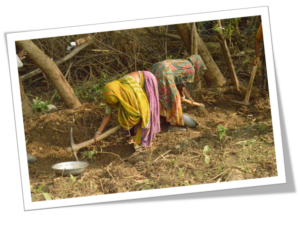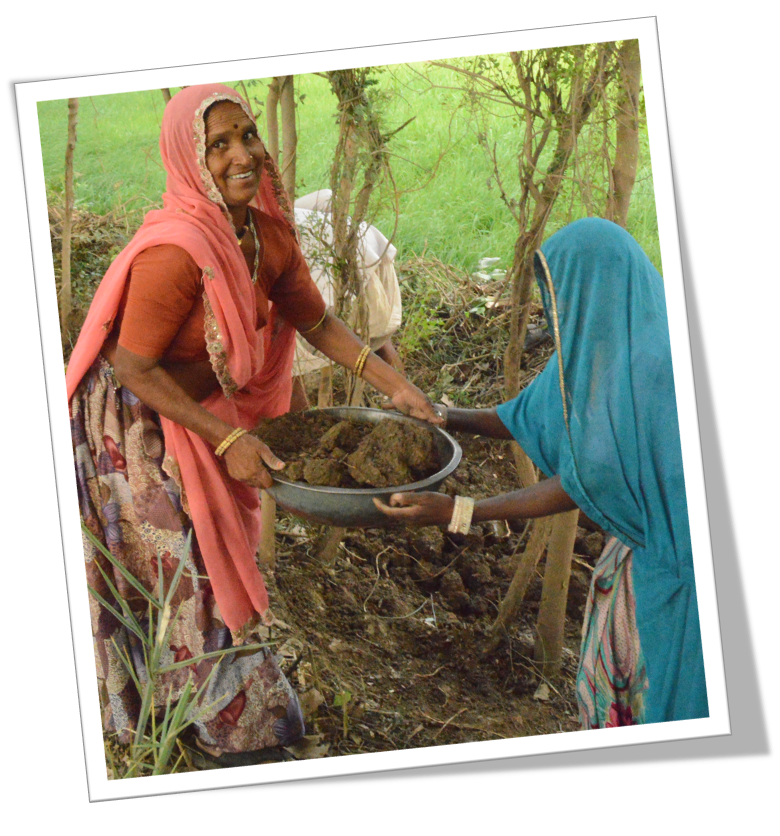Ayushman Bharat: These schemes have a good coverage. But funds use will suffer, if people are unaware of entitlements
Ayushman Bharat: These schemes have a good coverage. But funds use will suffer, if people are unaware of entitlements
By valorising women’s diverse activities, we may treat their vulnerabilities as strengths and fail to acknowledge the lack of access to income-generating activities for women
Sonalde Desai speaks to Zubeda Hamid about the implications of India poised to become the world’s most populous country, and if we have the policies needed in place, to take advantage of our rising young population.
‘Winter is coming, will PM-Kisan pay for my frostbite?’ Here’s why ‘Game of Thrones’ has nothing on this show.
Welcome to the second issue of Gender Talk from the NCAER-National Data Innovation Center’s Gender Hub. In this issue of GenderTalk, we discuss about gender inequality in land rights. We bring you articles by researchers that highlight some of the challenges, followed by conversation with an ex-policymaker.
GenderTalk is a space where scholars, policymakers, and civil society members can engage with each other on a theme vital to women’s well-being in India.
In particular, this brief discusses the following:
 Gender Gap in Land Rights – In this introductory article Dr Pallavi Choudhuri (NCAER) discusses about the current status of land ownership in India from household surveys…more
Gender Gap in Land Rights – In this introductory article Dr Pallavi Choudhuri (NCAER) discusses about the current status of land ownership in India from household surveys…more
 Gender imbalance in land ownership and the need for digitising land records – Here Dr Charu Jain (NCAER) and Mr. Deepak Sanan (Ex-Additional Chief Secretary of Himachal Pradesh) shares insights from data from land titling records…more
Gender imbalance in land ownership and the need for digitising land records – Here Dr Charu Jain (NCAER) and Mr. Deepak Sanan (Ex-Additional Chief Secretary of Himachal Pradesh) shares insights from data from land titling records…more
 Women’s access to parental agricultural land: the gap between law and practice – Dr Manjistha Banerji, (NCAER) shares qualitative information on why women do not claim their share in parental property…more
Women’s access to parental agricultural land: the gap between law and practice – Dr Manjistha Banerji, (NCAER) shares qualitative information on why women do not claim their share in parental property…more
 Gender and Generation: Land Ownership and Older Indians’ Autonomy – This article by – Hope Xu Yan (University of Maryland), Dr Sonalde Desai (University of Maryland and NCAER) and Dr Debasis Barik (NCAER) examines the consequences of omission from land ownership and clear titles on women’s well being…more
Gender and Generation: Land Ownership and Older Indians’ Autonomy – This article by – Hope Xu Yan (University of Maryland), Dr Sonalde Desai (University of Maryland and NCAER) and Dr Debasis Barik (NCAER) examines the consequences of omission from land ownership and clear titles on women’s well being…more
 Conversation with Deepak Sanan (Ex-Additional Chief Secretary (IAS) of Himachal Pradesh) on women’s land rights…more
Conversation with Deepak Sanan (Ex-Additional Chief Secretary (IAS) of Himachal Pradesh) on women’s land rights…more
This measurement brief is part of the Gender Hub led by Dr. Pallavi Choudhuri and Dr. Sonalde Desai.